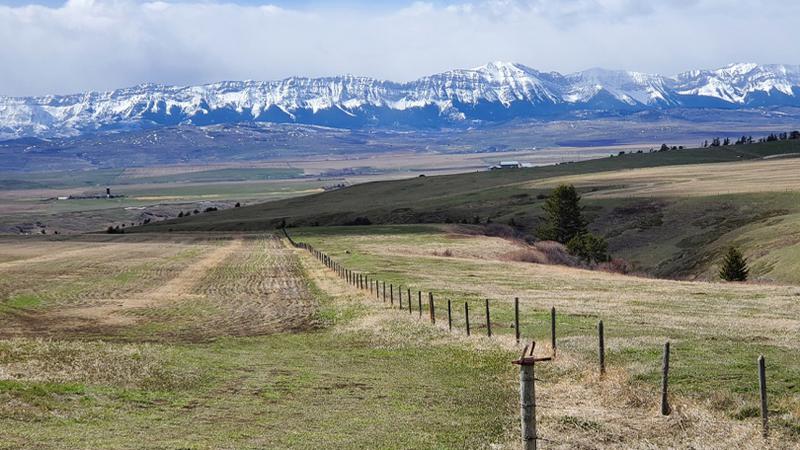
U of L team takes on project measuring provincial snowpack
LETHBRIDGE, AB – A team of researchers from the University of Lethbridge (U of L) was recently enlisted by the provincial government to help with accurately measuring the snowpack in southern Alberta.
Researchers were also asked to take a look at the variations from one watershed to another.
Officials say these measurements are more important than ever with drought being top of mind for many Albertans.
“Given the potential for drought, following a couple of years of already dry conditions and low snowpack, the Government of Alberta approached us at the beginning of January to see if we could help them with the snow monitoring,” says Dr. Chris Hopkinson.


